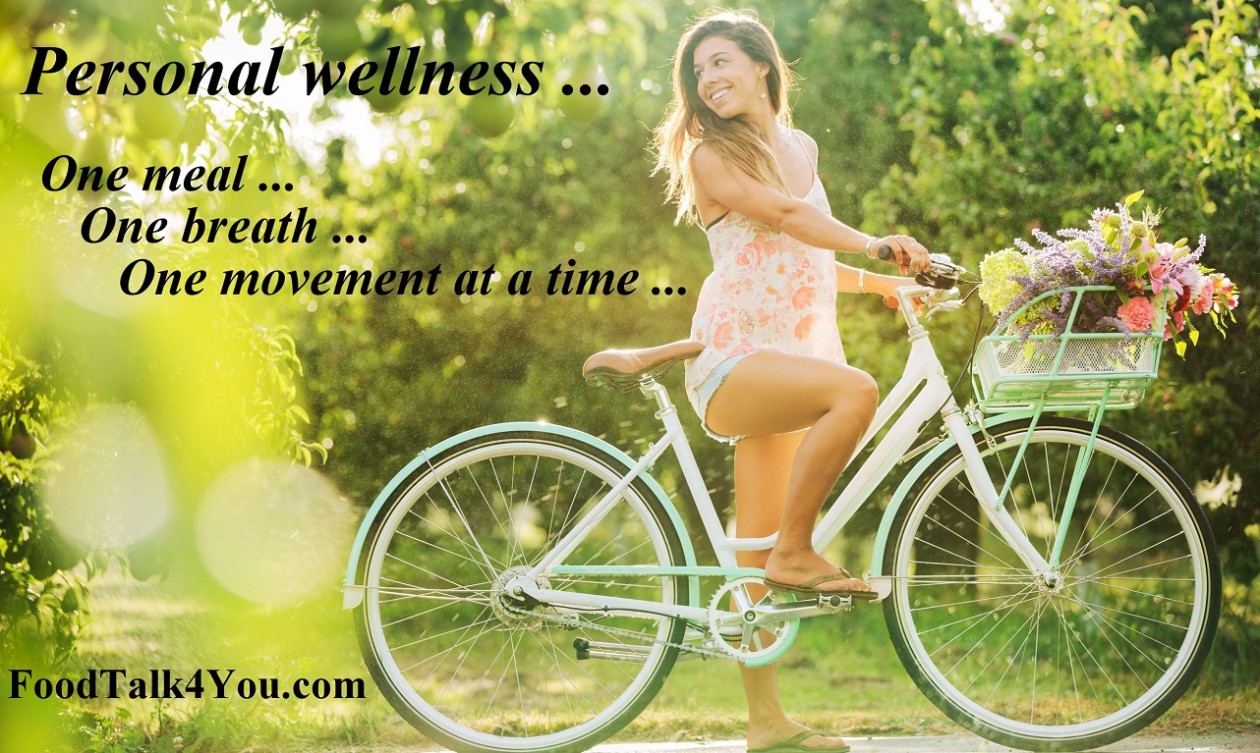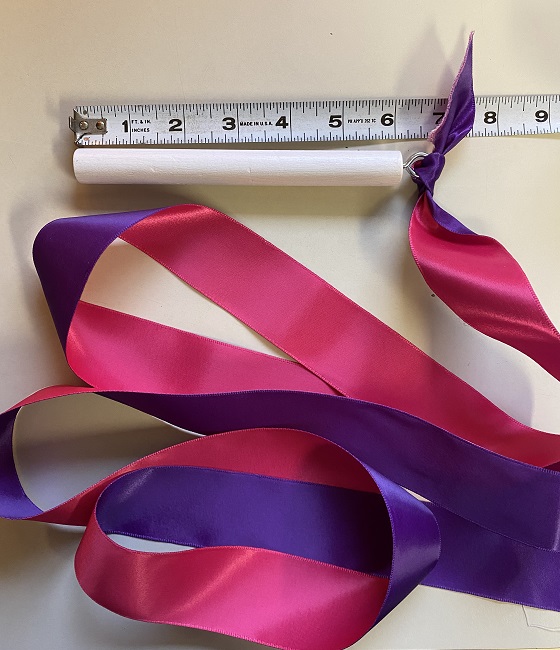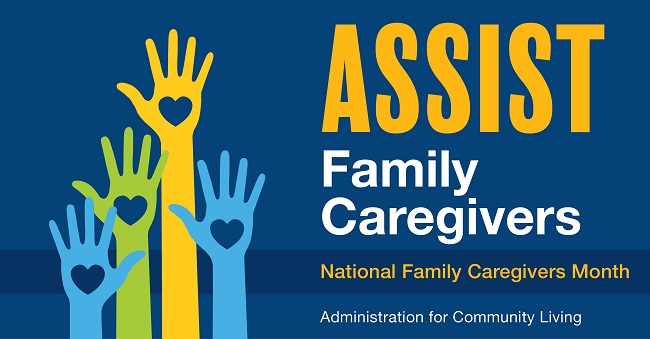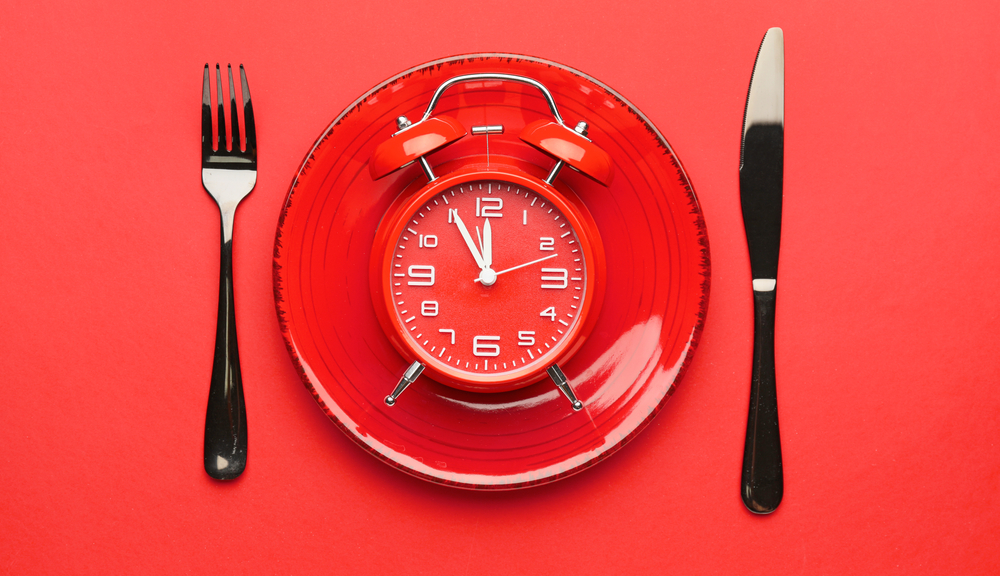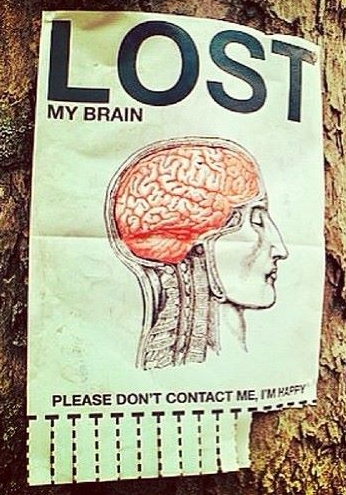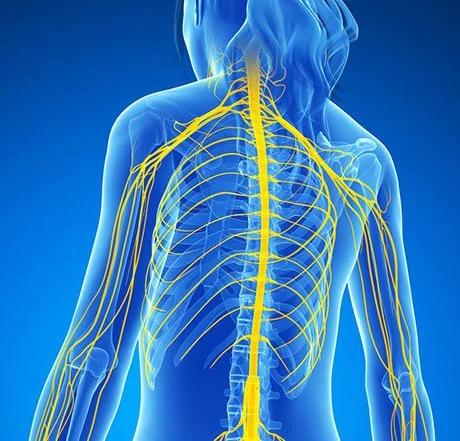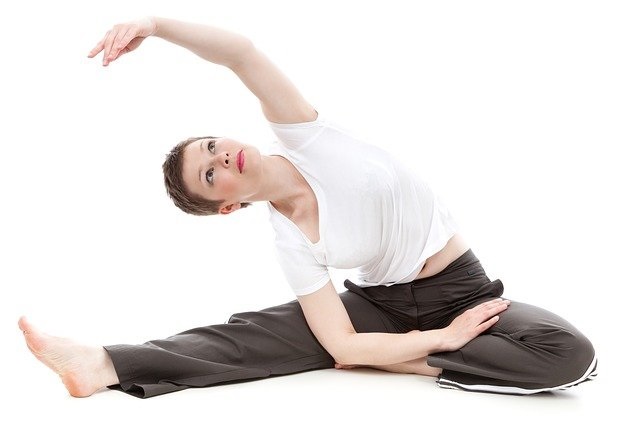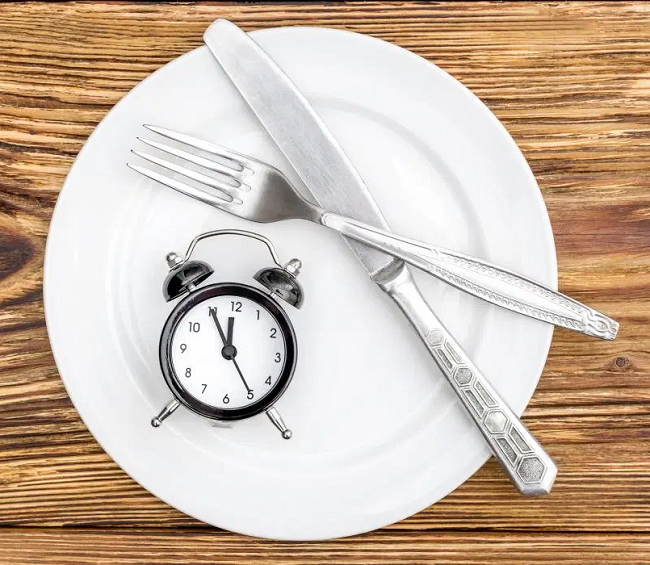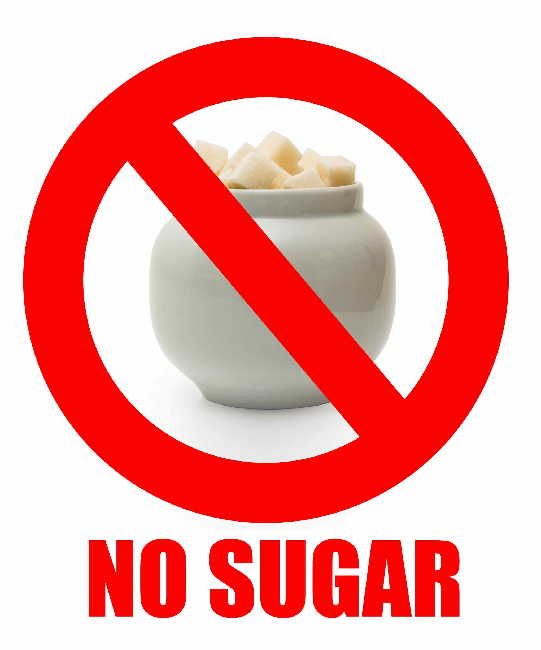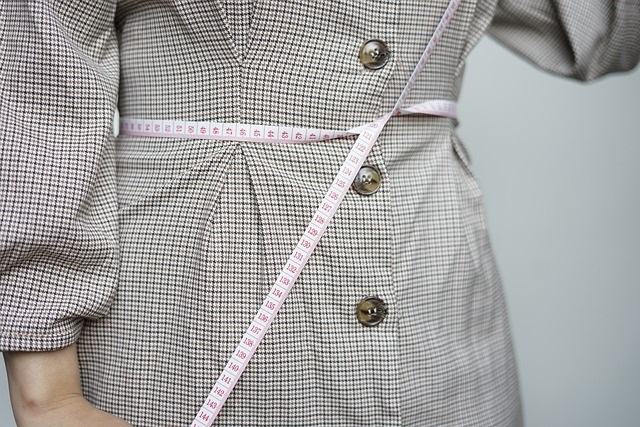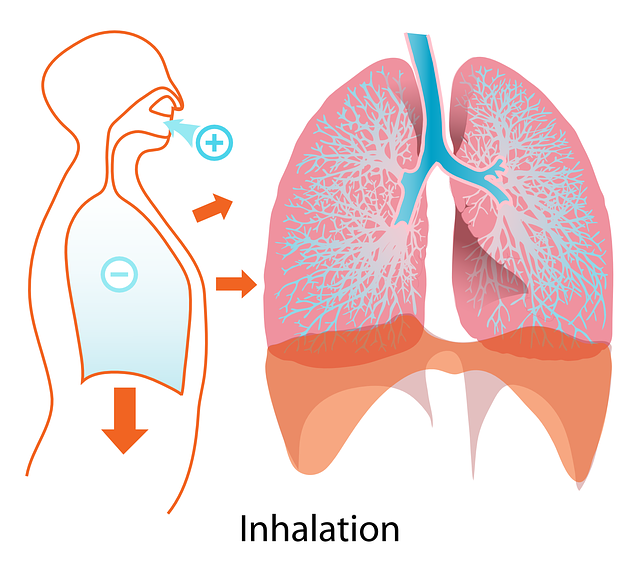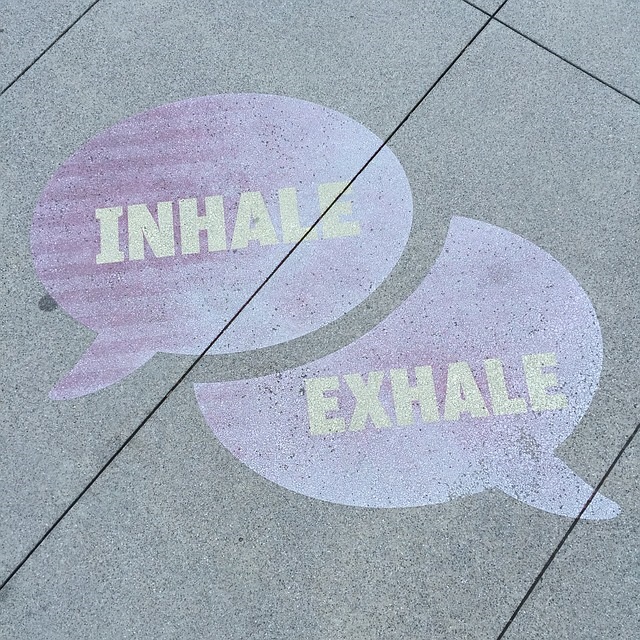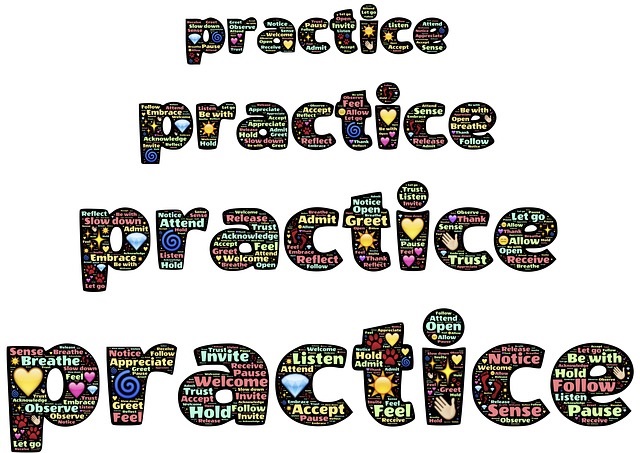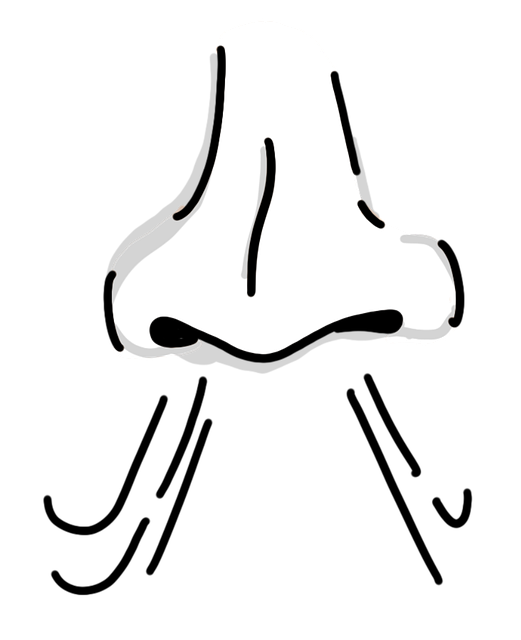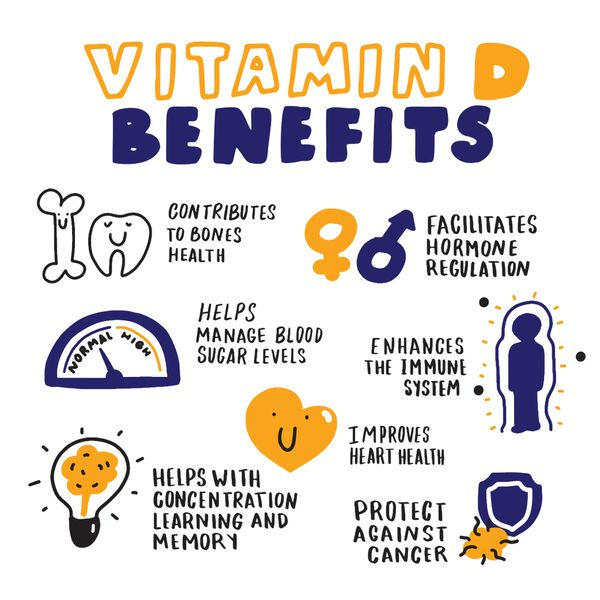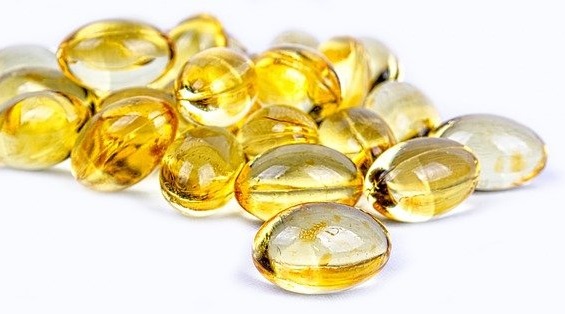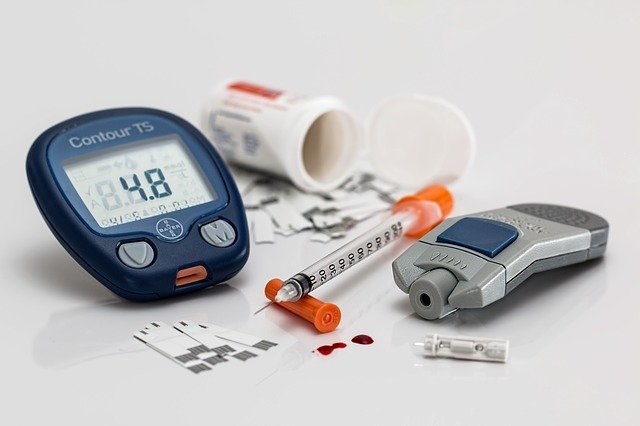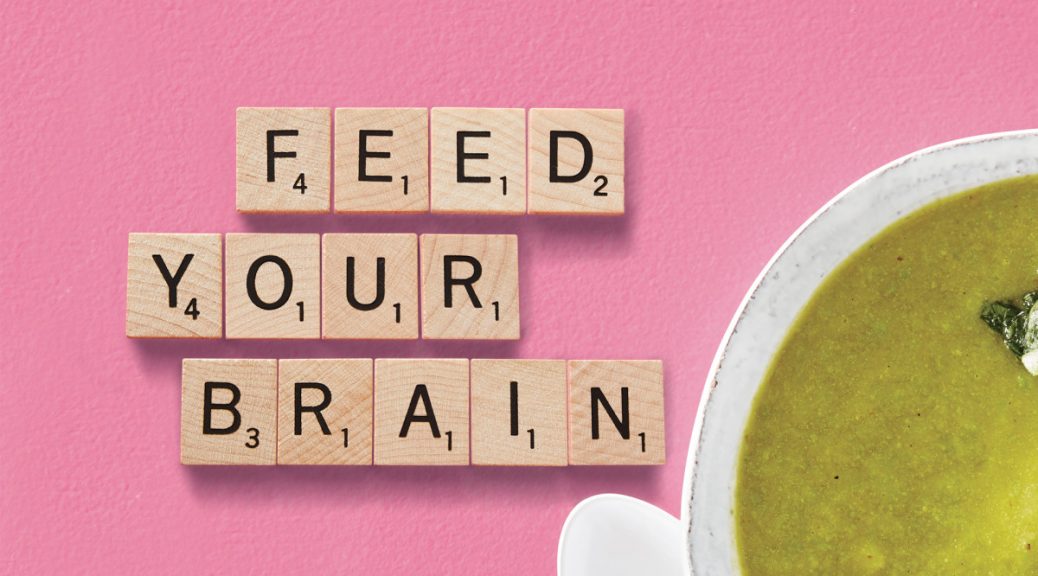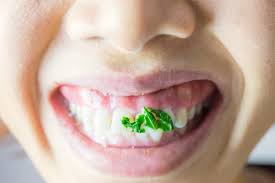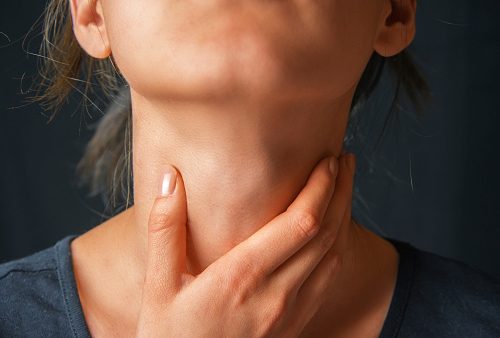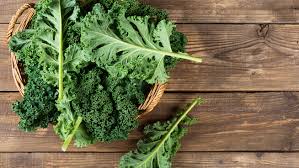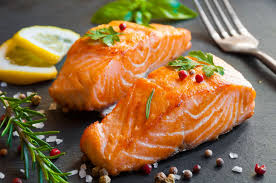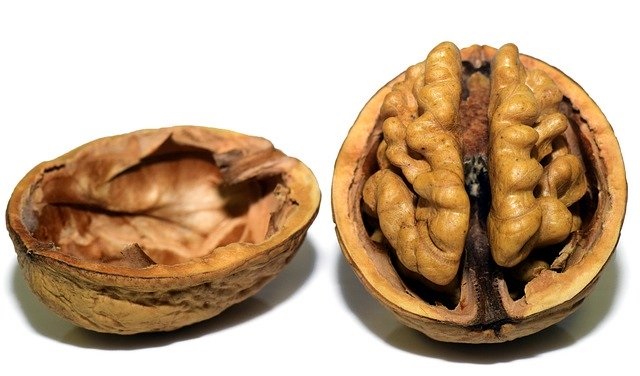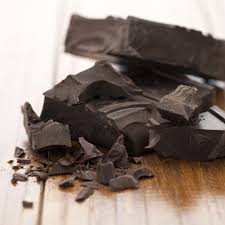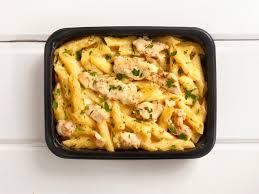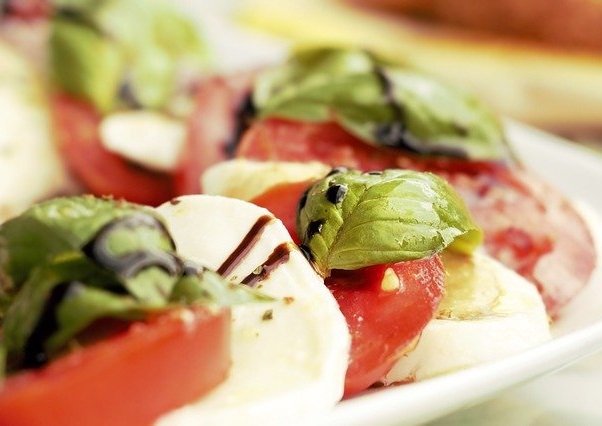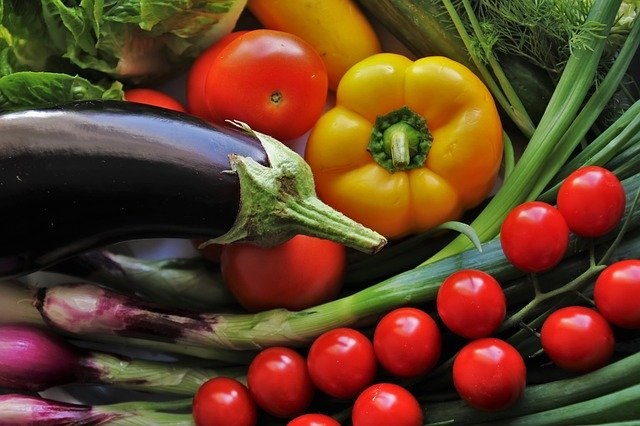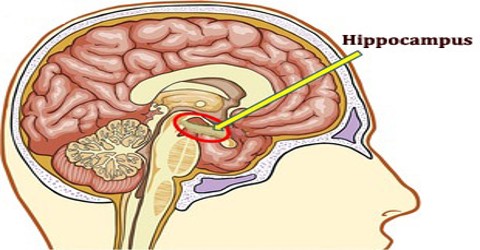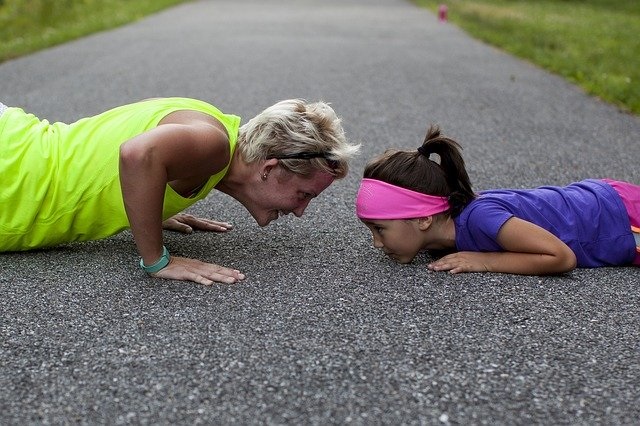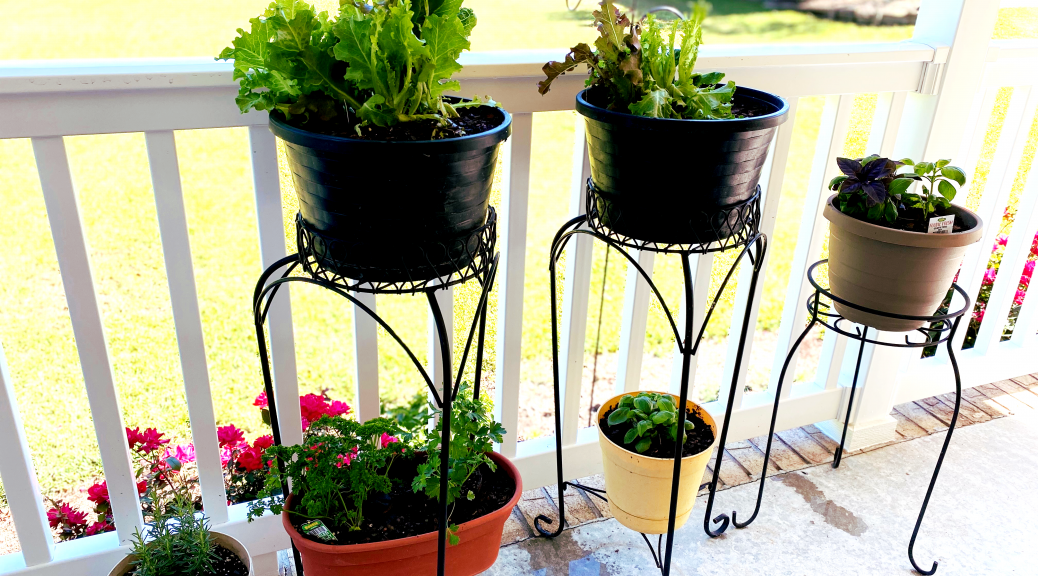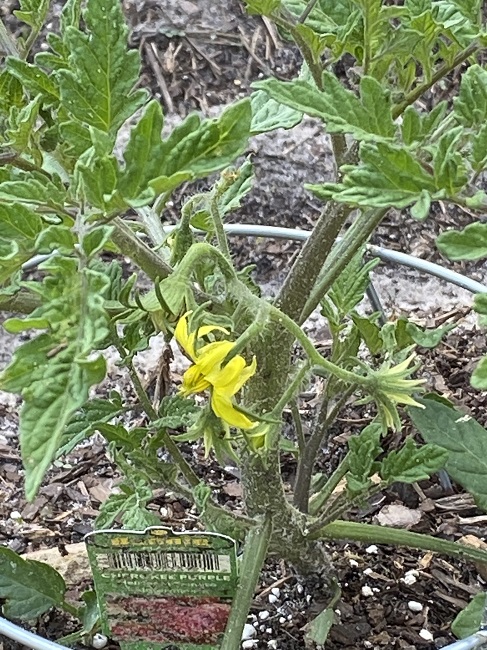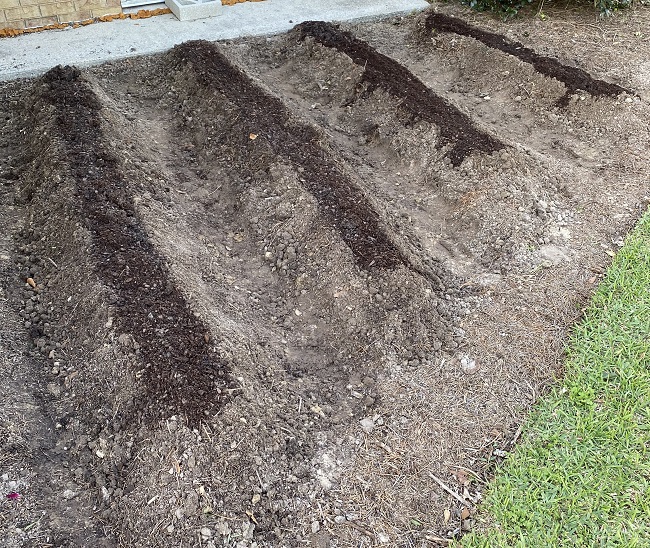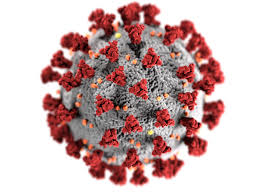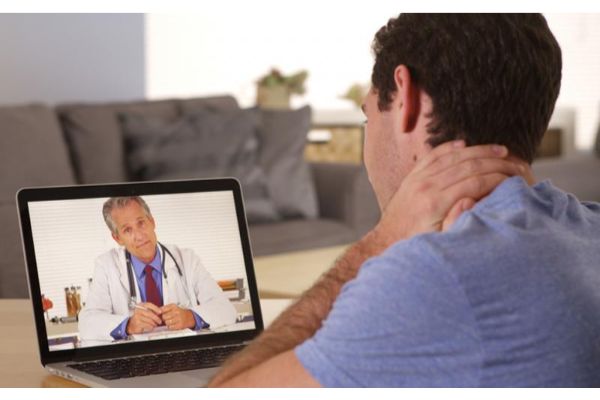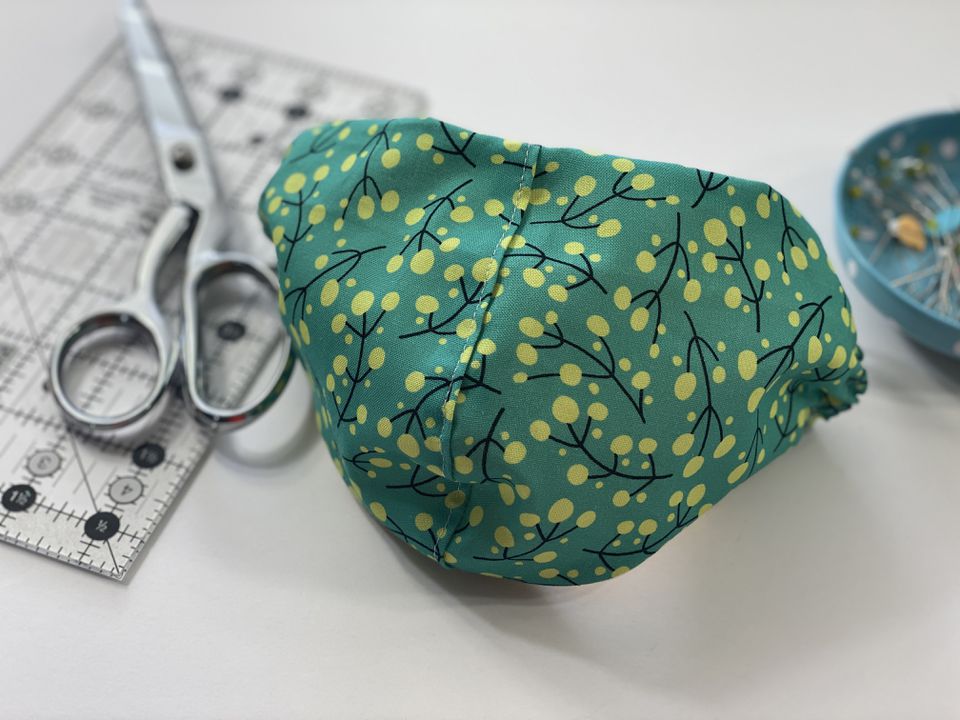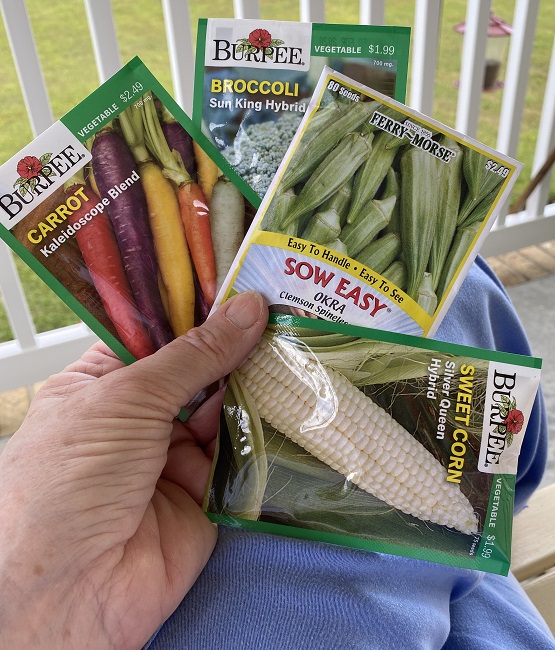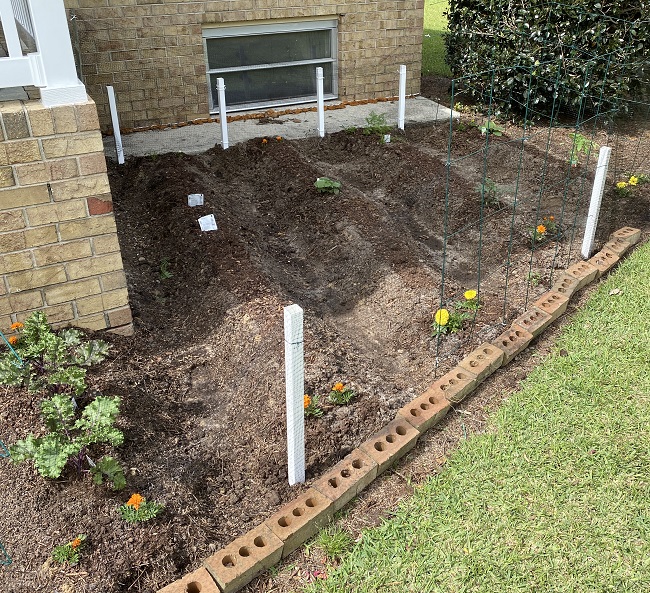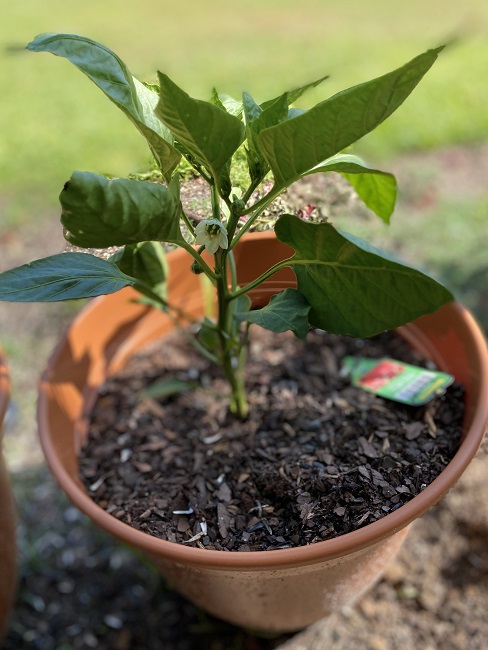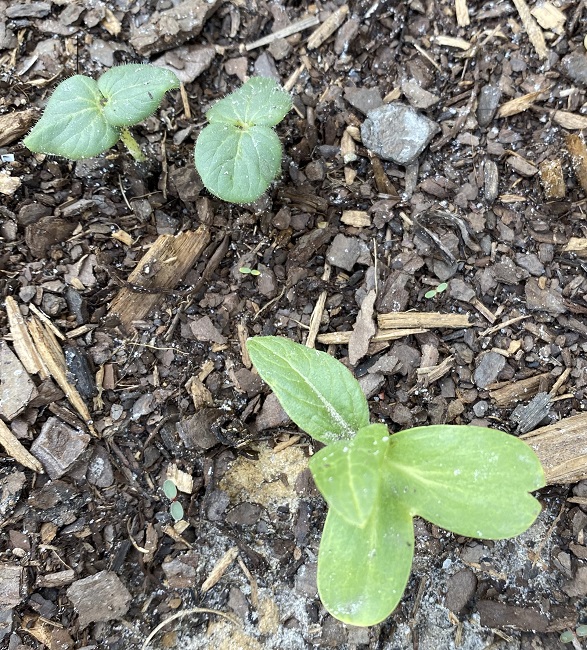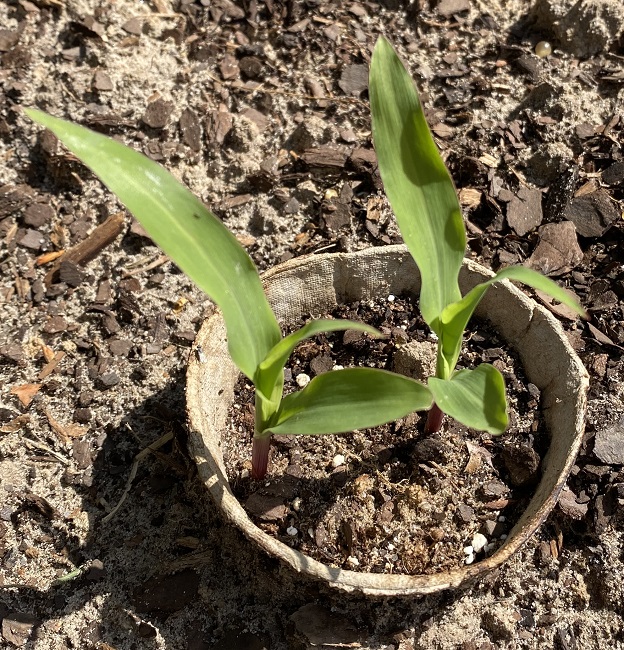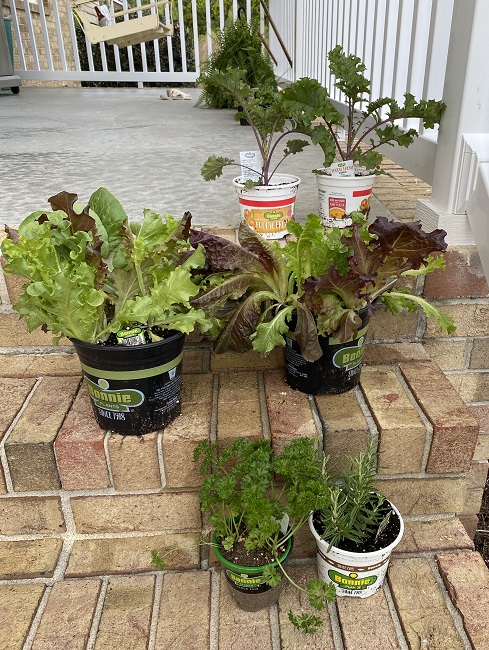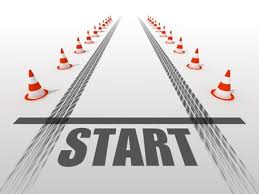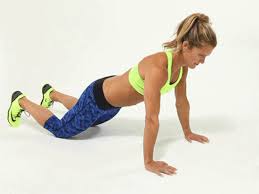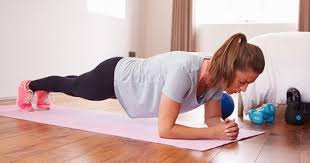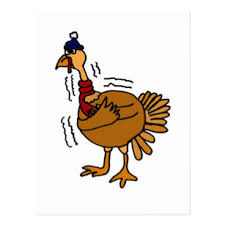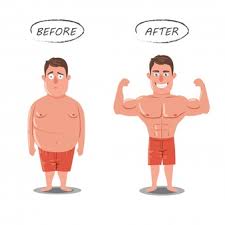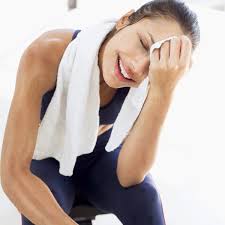Don’t you love serendipity? Right in the middle of writing this series on what we can eat to boost brain power, this lovely gem plopped right into my lap: a mnemonic device to remember the ten foods that protect brain function and over-all health.
How cool is that?
While attending a virtual seminar to learn more about the Teachable platform I’ll be using for my online workshops, Jim Kwik presented a fabulous motivational program about how to learn. To prove his point that everyone can learn if the material is presented and consumed using all our senses, he shared his mnemonic for remembering the ten top brain foods.
A mnemonic (/ne’ monik) device is any learning technique that aids in information retention and retrieval. This device uses our body – head to tail.
Get ready to have some fun as we get physical and use our imaginations to expand our minds! This requires active participation on your part.
- Put your hand on top of your head. Don’t think about it…DO it! Imagine rubbing in our first good food for you right into your hair: some mashed up avocado. Maybe in the form of guacamole. Creamy. Maybe like a hair conditioner.
In fact, avocado oil is often used in hair conditioners. Avocados are a food source rich in antioxidants, healthy oils, and fiber. A powerhouse food.
- Now point to your nose. Imagine blueberries coming out of your nose. Like Hammy might do in the comic strip – he’d love this one.
Last week, I talked about going for the colorful fruits and veggies. Go for the blue and you’ll be helping your heart, bones, skin, blood pressure, cancer prevention, and mental health. These little gems that you’re imaginatively popping out of your nostrils protect against cognitive decline and improve short term memory.
- Point to your mouth and imagine you are trying to get broccoli out of your teeth. One of those little pieces of broccoli floret has lodged between your front teeth, and you’re trying to get it out.
Broccoli’s antioxidants, vitamins, and minerals help with cancer prevention by helping fight off the formation of free radicals. Along with its cruciferous cousins, broccoli benefits skin, bones, digestion, reduces inflammation. Inflammation is the cornerstone of most diseases and conditions. Yet another reason to go for the green.
Let’s review. Move your hand as we go.
Top of head: avocado/guacamole in your hair
Nose: blueberries are popping out of your nostrils
Mouth: you are getting some broccoli out from between your teeth
- Point to your ears: Did your mom ever put warm oil into your ears as part of treatment for an earache? Imagine pouring olive oil into your ear and place an olive on top to keep the oil in.
Thanks to its antioxidant, and anti-inflammatory properties, olives and olive oil are another one of our ten miracle foods that help the brain and body. This narrative is looking familiar: skin, digestion, lowering cognitive decline, lots of fiber, and great source of healthy fats.
- Place your fingertips on your throat and swallow. Feel your Adam’s apple move? Imagine that is an egg.
If your diet allows, eating that egg will provide muscle-building protein, benefit cognitive function, help eyesight, improve heart health and cholesterol levels, and can be a key food for proper growth and development. All that for under 80 calories each!
- Using both hands, pat your shoulders. Remember the era of padded shoulders? Or perhaps you can imagine the epaulettes of a military uniform. One shoulder is padded with leaves of spinach, and the other with leaves of kale.
We’re going for the green again. In addition to the truckload of vitamins and minerals found in these dark green leafy vegetables, their fiber is gut-friendly. Kiss constipation good-bye and help irritable bowel syndrome. Help vision, diabetes, anemia; reduce the risk of heart disease; strengthen bones; improve that youthful glow in your skin and hair; prevent scurvy; improve cognition … the list goes on! What’s not to love?
Time for another review. Active participation is essential:
Top of head: avocado/guacamole in your hair
Nose: blueberries are popping out of your nostrils
Mouth: you are getting some broccoli out from between your teeth
Ears: olive oil drops and olives
Throat: an egg for an Adam’s apple
Shoulders: padded with leaves of spinach and kale
- Move your hands over to your collar bones. Imagine a necklace draped about your collar made from salmon filets. Could get a little fishy. Imagine the coolness of your salmon beads. Maybe the salmon is in the form of sushi – think about the look and feel of your necklace.
Salmon is a great source of Omega-3 fatty acids that are crucial for brain health and total body wellness. Add in the minerals like iron, calcium, selenium, and phosphorus plus vitamins A, B, and D – well, say hello to another wonder food that is a lean protein.
- Hold your hands out in front of you. You know how they would look – like you just ate Chez Doodles? That stubborn orange powder coating your fingers represents turmeric.
The active ingredient in turmeric is curcumin. As an anti-inflammatory and antioxidant, turmeric is protective of brain function. A shake or two of this powdered spice will not do anything beyond adding flavor. This item needs to be taken as a supplement. Look for a brand that is proven to be bioavailable in pill form – meaning, your body can absorb what you give it.
- Hand on belly now. There are walnuts coming out of your navel! Walnuts even look like little brains.
Full of brain-friendly Omega-3s fatty acids and minerals, walnuts are a powerhouse snack or addition to recipes. A handful of walnuts will give you satisfying fiber, nutrition, and are anti-inflammatory. Need I say more?
- Lastly is your hind end. As you pat your rear, think dark chocolate. I’ll let you use your imagination on this one.
Dark chocolate is a champion in fighting off free radicals with its antioxidant properties. Helpful for the heart, blood pressure, and cholesterol, dark chocolate also reduces insulin resistance and is shown to be an anti-inflammatory.
You can do all ten now: head … nose … mouth … ears … throat … shoulders … Collar bones -what is draped around your neck? Orange-dusted fingers? What’s popping out of your belly button? And the end …
Okay! I am not responsible for your actions at the grocery store while you go through your ten item list.
For more on total body wellness, check out my first book, Toolkit for Wellness.
In health,
Deidre
